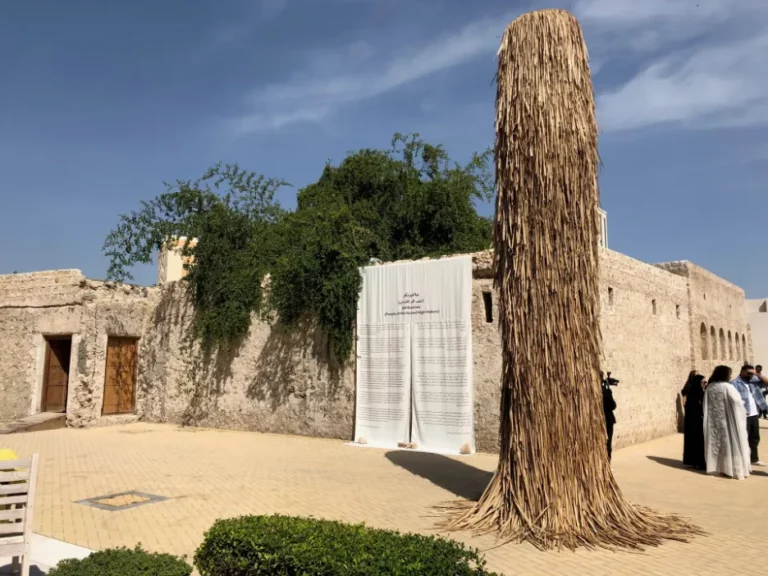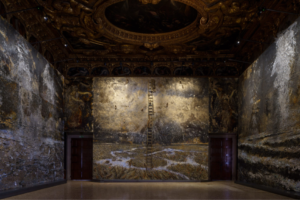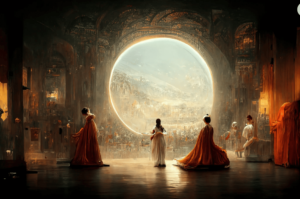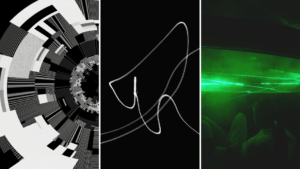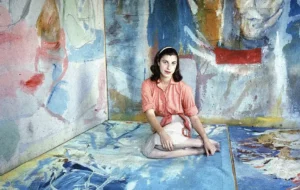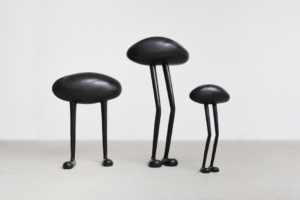to carry a home
to carry a history
to carry a trade
to carry a wound
to carry equatorial heat
to carry resistance
to carry a library of redacted documents
to carry rupture
to carry Te Pō [the beginnings]
to carry change
to carry songs
to carry on
to carry land
to carry the language of the inner soul
to carry new formations
to carry the embrace of a river current
to carry sisterhood and communal connection
to carry the rays of a morning without fear
What do we hold on to during journeys or transitions? Do we gain anything through the act of remaining? Do we shape meaningful pathways as we navigate between territories?
The 16th Sharjah Biennial, titled To Carry invites us to reflect on our vulnerabilities within spaces that might feel foreign, emphasizing the significance of staying attuned to the cultures we embody while weaving together intergenerational narratives.
Since its inception in 1993, the Biennial has been led by Emirati curator Hoor Al-Qasimi—daughter of the Sheikh—who took the helm in 2003. In addition to leading the Biennial, Al-Qasimi founded the Sharjah Art Foundation fifteen years ago, creating a lasting local art infrastructure that extends beyond the event, fostering year-round artistic engagement.
Running from February 6 to June 15, 2025, the 2025 edition is under the stewardship of an all-female curatorial team comprising Alia Swastika, Amal Khalaf, Megan Tamati-Quennell, Natasha Ginwala, and Zeynep Öz. As carriers of varied processes and offerings, the curators have come together with their methodologies—ranging from residencies and workshops to collaborative productions. Their shared vision amplifies diverse narratives that speak to migration, identity, and collective memory, framing this biennial not just as an exhibition but as a critical dialogue about human experience. The opening program for the Biennial took place from February 6 to 9, 2025, featuring various events at venues across Sharjah City, Al Hamriyah, Al Dhaid, Kalba, and Al Madam. Key gatherings also include the March Meeting from March 7 to 9, 2025, at Al Qasimiyah School and April Acts from April 18 to 20, 2025, across the exhibition venues.
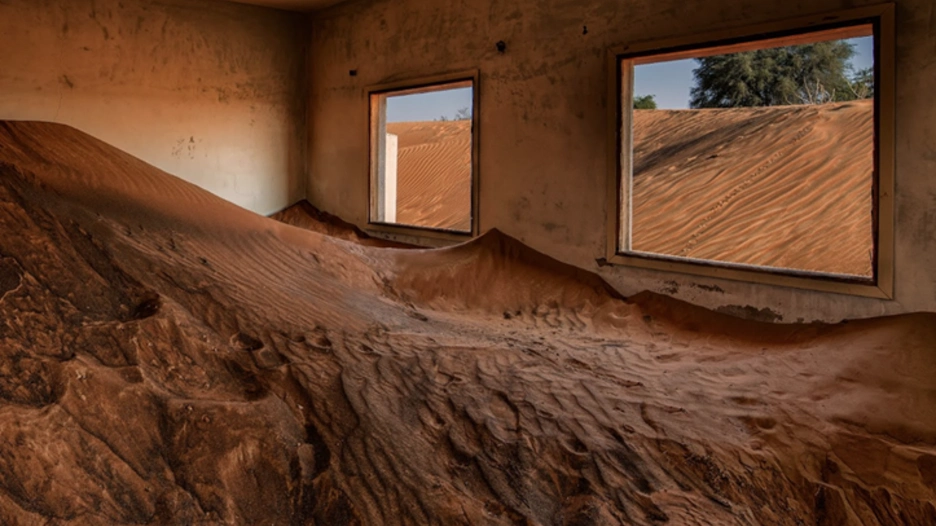
Celebrating Individual Artists at the16th Sharjah Biennial
The theme of this year’s Biennial, “to carry,” invites exploration of what we hold onto as we traverse the world—or what we must abandon during difficult moments. The participating artists give us their nuanced responses to this inquiry through their artwork,
Claudia Martínez Garay
One of the standout voices at this year’s biennial is Peruvian artist Claudia Martínez Garay, whose work can be experienced at one of the six galleries at Al Mureijah Art Square. Martínez Garay employs various mediums to investigate the depths of Andean culture and its historical representations. Born in Lima, Peru, in 1981, Martínez Garay critically engages with European museum collections, challenging the narratives they construct while simultaneously revisiting the rich visual culture of her native Peru, which encompasses pre-Columbian artifacts, mythology, and propaganda. Martínez Garay’s textile art, particularly tufted tapestries, expresses her narratives. Her ongoing Pacha series, conceived in 2020, is one of her most recognized works, named after an Andean concept that reflects the interconnectedness of space and time. In Quechua, a language of the Andes, “Pacha” signifies not only time but also three realms: the upper world, the living world, and the underworld. In this series, she integrates pre-Columbian motifs with modern elements—most notably, a humorous juxtaposition of traditional artifacts with everyday items, such as a roll of toilet paper on a llama.

Michael Parekōwhai
In another gallery at Al Mureijah Art Square, we find the works of Michael Parekōwhai, born in 1968 in Ōtautahi (Christchurch), New Zealand. Parekōwhai is of Māori descent and is regarded as a prominent figure in contemporary Indigenous art. Parekōwhai often combines traditional Māori imagery with contemporary forms.
Parekōwhai is best known for his piece He Kōrero Pūrākau mo Te Awanui o Te Motu (2011), which features a striking red Steinway concert grand piano intricately carved with Māori motifs. This installation took a decade to create and serves not merely as a musical instrument but also as a cultural artifact—drawing viewers into a dialogue that bridges music, heritage, and identity. The act of playing the piano transforms it into a shared engagement, highlighting Parekōwhai’s unique ability to situate Indigenous narratives within the contemporary art discourse.
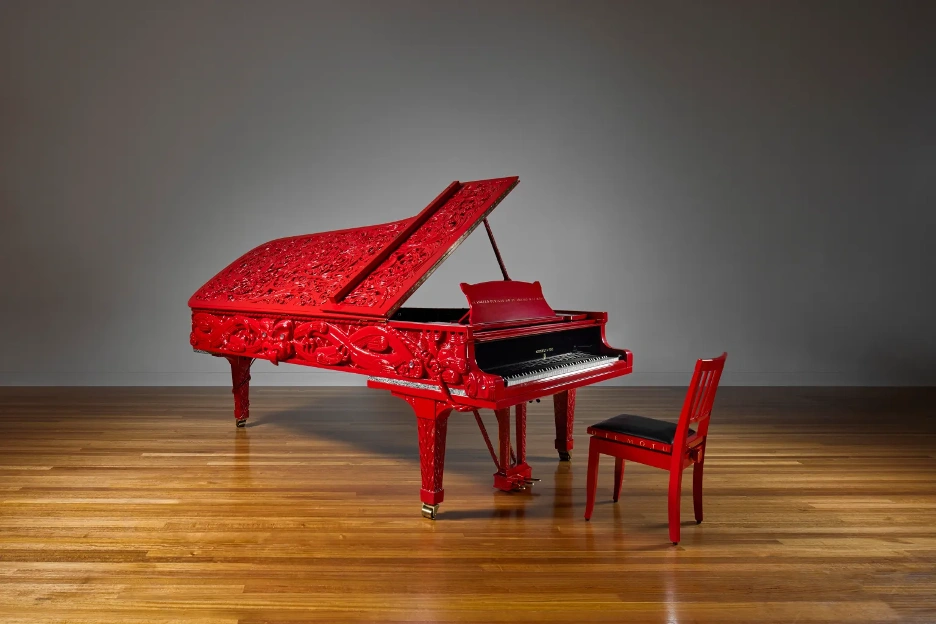
Cassi Namoda
At Bait Habib Al Yousef, a two-story courtyard house in Al Mureijah, Biennial visitors will find Cassi Namoda’s works. Born in 1988 in Maputo, Mozambique, Namoda brings forward her cultural heritage through dynamic visual storytelling that centers on themes of identity, resilience, and matrilineal tradition.
Namoda employs Fauvist-inspired oil painting techniques to create vivid, narrative-driven artworks on African diasporic subjects. Through these paintings, she tells a story about labor and motherhood along the Mozambican shoreline, blending Afro-Lusophone folklore with ancestral memory and the enduring legacy of matrilineal stewardship. Colors and dynamic compositions in her work celebrate the strength of people within her culture as well as broader themes of continuity and change. Her focus on matrilineal narratives makes her a powerful voice within contemporary discussions of gender and cultural identity.
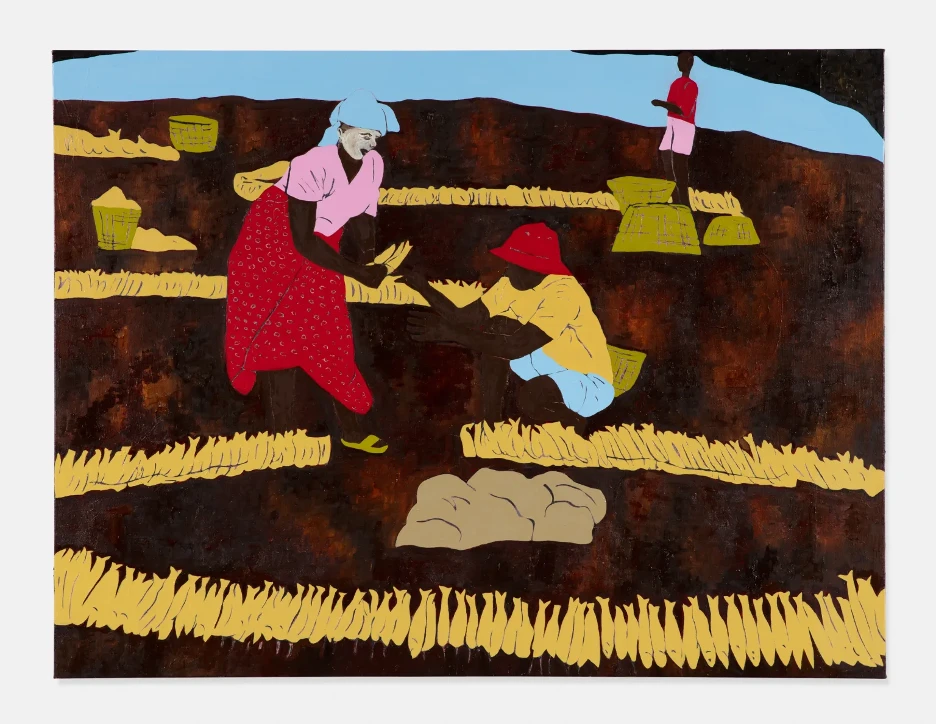
Jorge González Santos
Commissioned by the Sharjah Art Foundation, Jorge González Santos’ Jatibonicu (People of the Sacred High Waters) (2024-2025), uses draped cotton lace, a burning wood element, and handmade candles to create a sacred environment. This participatory installation invites viewers to engage by lighting their own candles, symbolizing a connection to ancestor respect and traditional practices.
González Santos is a Puerto Rican artist recognized for his work that speaks to themes of ancestry, spirituality, and communal practices. His work often reflects his connection to Puerto Rican traditions and indigenous cultures, creating spiritual connections through materiality. González Santos creates immersive installations that blend various materials, such as textiles, wood, and light.
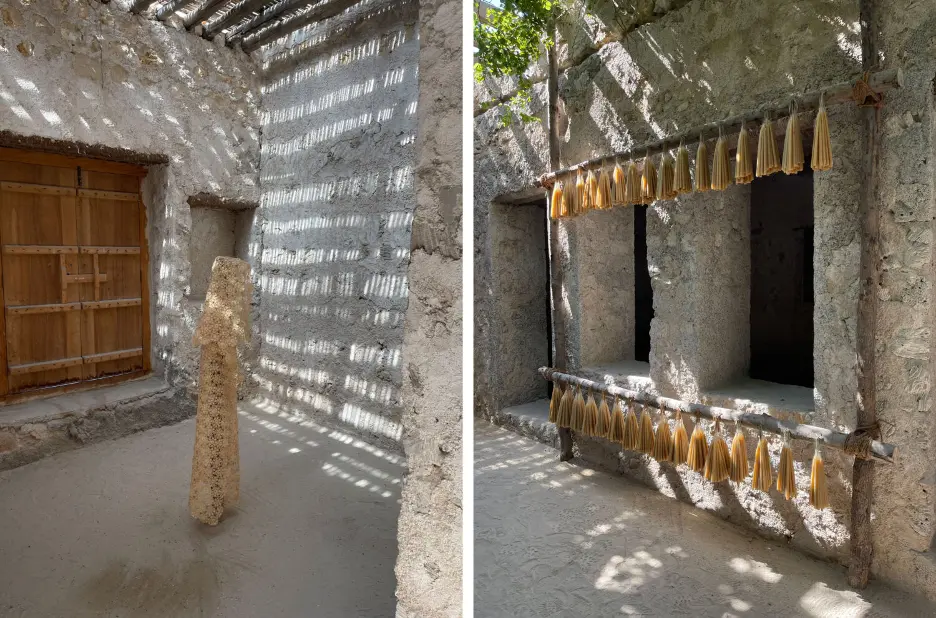
Rajni Perera
Born in Colombo, Sri Lanka, in 1987, Rajni Perera is known for her exploration of gender, identity, and mythology in a postcolonial context. Perera utilizes a blend of traditional Asian motifs and contemporary visual language to create hybrid figures that often encompass themes of empowerment and critique.
At Bait Al Serkal Art Square, you’ll see her depictions of reimagined female archetypes, interweaving humor with pointed commentary on societal expectations. By juxtaposing myth with contemporary narratives, her work serves to challenge traditional cultural norms and represents a critical examination of women’s roles both in history and in modern society.
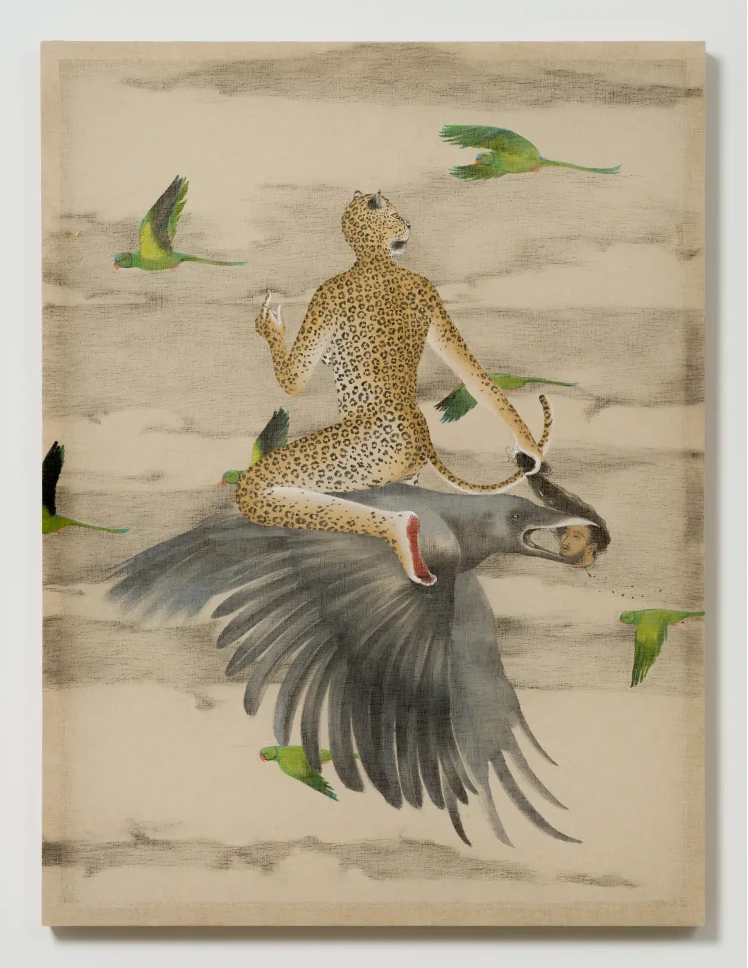
Hugh Hayden
At the remote Al Madam Buried Village, Hugh Hayden’s installation Brier Patch (2022), features a whimsical arrangement of desks that sprout branches, merging educational settings with nature – uniquely blending the organic with the conceptual.
Born in 1983 in New York City, Hayden has a Nigerian father and an American mother, which deeply informs his explorations of identity, cultural heritage, and the intersections of education and environment. Hayden often employs natural forms and materials in his site-specific installations. By creating surreal environments, Hayden invokes nostalgia for childhood while reflecting on the shifting dynamics of learning and memory.
Megan Cope
Megan Cope is a Quandamooka artist born in 1982 in Queensland, Australia, and is recognized for her exploration of Indigenous culture, environmental issues, and heritage. Cope often engages with natural materials to express her connection to the land and address themes of cultural loss.
Installed 30 miles south-east of the city of Sharjah at Buhais Geological Park, a region of exceptional prehistoric mountain ranges and ancient burial sites, her piece Kinyingarra Guwinyanba (2024) utilizes wooden poles adorned with oyster shells, which speak to environmental degradation and the significance of aquaculture within Indigenous cultures. By engaging directly with materials that hold cultural and ecological meaning, Cope’s work emphasizes the importance of sustainability and the interconnections between land and identity.
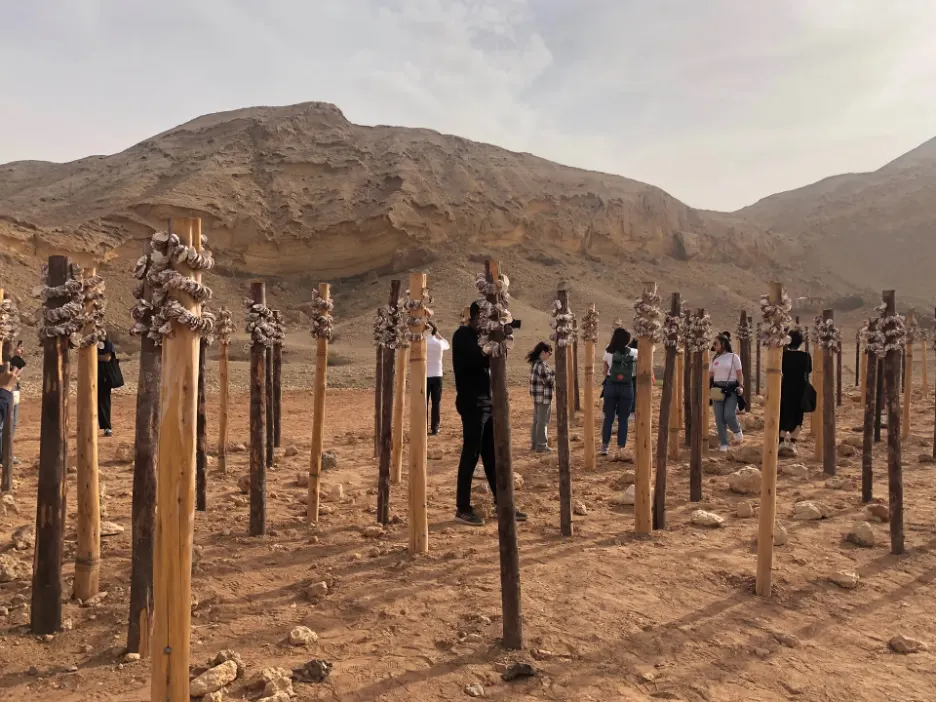
Hashel Al Lamki
Born in Abu Dhabi in 1986, multi-disciplinary artist Hashel Al Lamki was awarded the Salama bint Hamdan Emerging Artists Fellowship in 2014. Al Lamki is a painter but also engages in sculptures and sound works. For his installation art, he primarily uses textiles to create immersive experiences that encourage introspection.
The repurposed Al Qasimiyah School in Sharjah City, a former state elementary school complex serves as the location for Al Lamki’s installation, Maat (2025) where he suspended billowing fabrics to create an evocative dialogue between memory and the physical space. This immersive quality invites visitors to reflect on their own relationships to communal and individual histories. Al Lamki’s paintings Part-Time Lovers (2025) can be viewed at the Sharjah Art Museum.

Kate Newby
Kate Newby was born in 1975 in Auckland, New Zealand, and is known for her conceptual approach to sculpture and installation that reflects the intersection of the natural and built environments.
Often incorporating found objects and materials, Newby creates installations that evoke both playfulness and contemplation. For the Sharjah Biennial 16, the Kalba Ice Factory was repurposed to house installations, Cold Water (2025) where she uses glass suspended by horizontally hung ropes, both salvaged and new materials, to explore notions of time and space. This ethereal work serves as a metaphorical sundial, capturing the shifting interplay of light and shadow throughout the day.
Conclusion: Carrying the Global South’s Homes and Histories
The 16th Sharjah Biennial features contributions from more than 190 participants, including over 200 new commissions displayed across the distinctive sites of the Emirate of Sharjah — acting as a bridge between different times, intertwining histories and imagined futures. This year’s poignant theme urges us to contemplate what it means to carry the weight of our homes, histories, and collective sense of resistance.
From Sharjah’s traditional art venues to the repurposed structures and expansive desert — such as Al Madam Buried Village, Old Al Dhai Clinic, Buhais Geology Park, to Kalba Ice Factory and more — this international art event reimagines contemporary exhibition spaces, blending nature, tradition with innovation. Through its ambitious scope, the Biennial actively reclaims agency for stories often overlooked or suppressed in global conversations. Led by an entirely female curatorial team, this edition embodies a fresh perspective that amplifies underrepresented voices from Asia, Africa, Oceania, and Indigenous communities. In a time where narratives of the Global South are more vital than ever, the Sharjah Biennial encourages us to confront uncomfortable truths and celebrate shared histories. Through the act of carrying these stories forward, we recognize and honor our interconnected existences.

